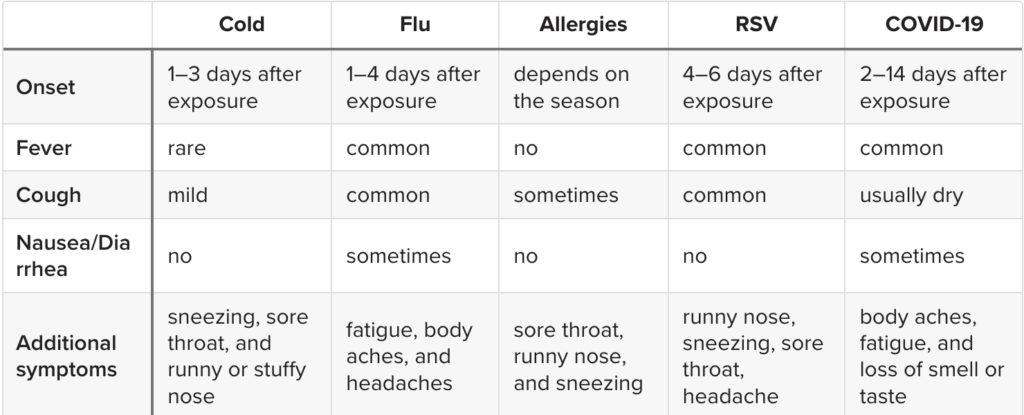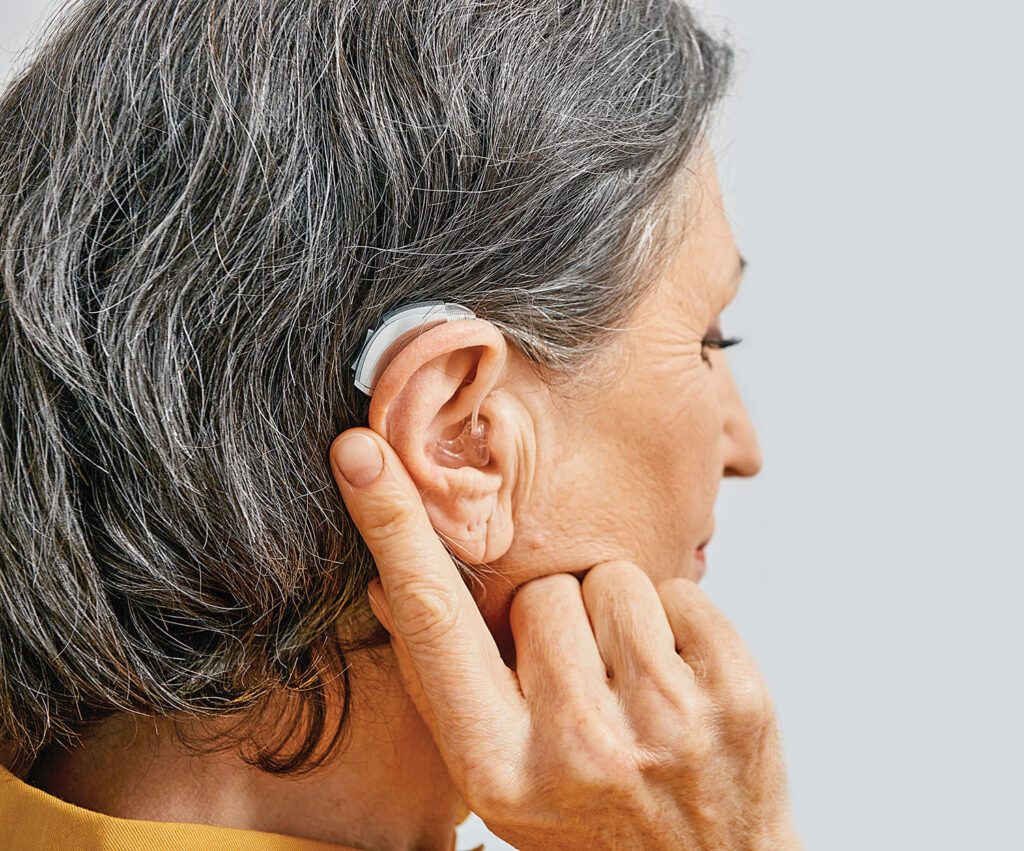
Love is a universal emotion that transcends time and age, a source of joy and companionship that many seek throughout their entire lives. While society often prioritizes youthful romance, finding love in your golden years can be an equally thrilling and deeply fulfilling experience. Senior love is not just about revisiting the passions of youth but also about the maturity, understanding, and appreciation that come with life’s experiences.
For those embarking on the journey of finding love later in life, here are some heartfelt strategies to consider:
- Embrace The Adventure: Approach love with the same curiosity and vigor you did at a younger age. Consider love as a continuation of your life’s adventure, not a separate entity bound by age.
- Enhance Self-Understanding: Use the wisdom gained from life to understand your own desires and needs better. Knowing yourself can help you find a partner who shares your values and interests.
- Stay Open-Minded: Let go of any prejudices about age and dating. Open your heart to the possibility that love does not discriminate against age, and neither should you.
- Rekindle Old Flames: Sometimes, love can be waiting in the embers of past relationships. With the perspective that time provides, reaching out to an old friend or flame can sometimes re-ignite a connection.
- Dive Into Interests: Explore new activities or continue to immerse yourself in interests you already love. Whether it’s painting, dancing, or hiking, shared activities can foster connections that might just bloom into romance.
- Technology Is Your Friend: Take advantage of modern technology and try online dating. There are numerous sites catered to all ages and preferences, some even specifically tailored for seniors.
- Network Through Friends and Family: Let your circle know you’re open to meeting new people. Friends and family can often introduce you to potential partners who come with a trusted recommendation.
- Volunteer: Giving back to the community can also be a way to meet like-minded individuals who share your passion and altruism.
- Stay Positive and Patient: The journey to love can have its ups and downs. Maintain a positive attitude, and be patient. Great relationships often take time to bloom.
- Safety First: Always prioritize your safety when meeting new people. Arrange first meetings in public places, and let a friend or family member know where you’ll be.
Age is simply a number; it does not diminish the capacity to love or be loved. Remember that with age comes a certain beauty that is marked by wisdom, patience, and the accumulation of a life’s worth of stories. Opening up your heart to love at any stage in life is not just about finding another, but about celebrating the journey of you.
Discovering Connection in Diversity
In today’s fast-paced and increasingly interconnected world, finding common ground amidst the vast diversity of global cultures, beliefs, and perspectives is more important than ever. It allows us to build bridges of understanding and cultivate a shared sense of humanity.
The Power of Listening
One of the first steps in finding common ground is the art of listening. When we truly listen to others, not just to respond but to understand, we open ourselves up to new perspectives and break down preconceived notions.
- Active listening: involves being fully present in the conversation, acknowledging the speaker, and providing feedback.
- Empathetic listening: goes deeper into feeling with the person, truly empathizing with their emotions and views.
By fostering a culture of listening, we lay the foundation for meaningful dialogue and empathy.
Shared Experiences
Another way to connect with others is through our shared experiences. Activities such as sports, music, art, and food can transcend cultural differences and unite people in a powerful way.
- Cultural festivals: attending events where different cultures are celebrated can be an enlightening experience, revealing how diverse backgrounds contribute to a rich, shared society.
- Collaborative projects: whether in business, community service or education, working together towards a common goal can build camaraderie and mutual respect.
Common Values and Goals
Although we may come from different walks of life, many of our core values and goals are similar. Identifying these shared aspirations can lead to a mutual understanding.
- Family: across cultures, the value placed on family and relationships is often a unifying theme.
- Peace and prosperity: the desire for a peaceful coexistence and the pursuit of prosperity are common motivators that transcend boundaries.
Education as a Tool
Education plays a pivotal role in finding common ground. By learning about other cultures, their history, and social norms, we are better equipped to approach conversations and relationships with a more profound respect.
- Language learning: picking up a new language is not just about words and grammar; it immerses you in the context of another culture.
- Cultural exchange programs: these programs encourage direct interaction and immersion, which can dispel myths and build understanding.
Tackling Challenges Together
When we face global challenges such as climate change, poverty, and health crises, working together is imperative. These issues do not respect political or cultural boundaries, so joint efforts are essential.
- International collaborations: pooling resources and expertise can lead to innovative solutions and strengthens international bonds.
- Volunteerism: engaging in volunteer work that addresses global issues can foster a sense of global community.
In conclusion, finding common ground is a journey that requires patience, openness, and a willingness to learn and grow with others. By embracing our shared humanity, we can create a world that is enriched by its diversity, and more harmonious for everyone.
Look for people who share your interests and passions. Whether it’s art, music, gardening, or literature, shared activities can foster connections and build relationships.
Use Technology to Your Advantage
Don’t shy away from technology. Online dating websites cater to all ages and can be a wonderful way to meet new people. Just remember to stay safe and protect your privacy.
Attend Social Gatherings
Whether it’s a community dance, a book club, or a cooking class, attending social events can increase your chances of meeting someone special.
Stay Active and Healthy
Taking care of your physical and mental health not only improves your quality of life but also makes you more attractive to potential partners.
Be Open to Different Relationships
Love can be found in various forms. Be open to new types of relationships, whether it’s companionship, friendship, or romantic love.
Communicate Honestly and Openly
Being honest about your feelings and expectations can build a strong foundation for any relationship. Good communication is key at any age.
Enjoy the Process
Don’t rush or put pressure on yourself. Enjoy meeting new people and having new experiences. Love often appears when you least expect it.
Finding love in your golden years is about keeping an open heart and mind. Cherish the moments, enjoy the journey, and remember that it’s never too late to find someone special to share in the beauty of life’s sunset.







